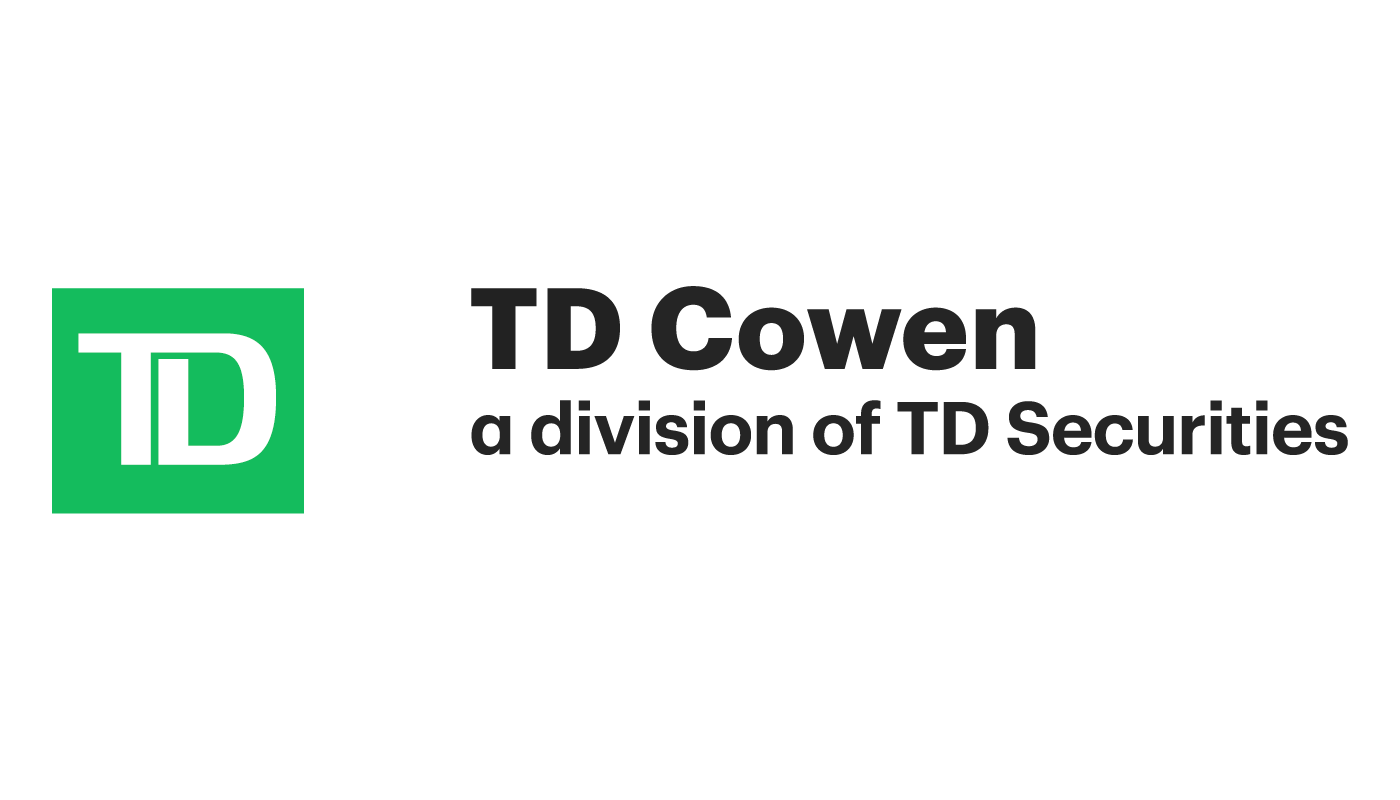The S&P 500 ended last week with a 2.37% up day. It gave investors a bit a “hope” that things could be getting a little better. Maybe the Fed “blinked” and that is what fueled the markets higher? Maybe we could even “hope” that the bear market could be coming to an end.
Bear markets slid a slippery slope of hope. Friday’s +2.37% outlier may have made investors feel a little bit better, or maybe it could even spark a short rally that lasts a few weeks. The large up move that has continued into Monday might have inspired some optimism, but it was not a good day. All it did was confirm that we are still in a bear market. We are in a bear market for a few different reasons:
- Friday was an outlier day, where the market moved either up or down by more than 1.50%. Statistically, this should only happen about 13 times per year. The calendar year 2021 had 18 outliers (expected). Friday marked the 67th outlier day so far in 2022.
- Outlier days are almost always bad, whether they go up or down. Of the 67 outlier days this year, 33 have been to the upside and 34 have been down. So, even though it has been neck-and-neck between the number of up and down outliers, the result has been the market index declining by -22%.
- A move of +2.37% is a fairly large up-day. In fact, the largest up day experienced in all of 2021 was only +2.38%. In 2022, however, Friday’s move is only the 14th largest up-day experienced. Bear markets have many large outlier days.
- Volatility increases during bear markets. The Canterbury Volatility Index (CVI) currently measures CVI 128 and has been going up. As a note, during bull markets, volatility is generally below CVI 75. In order to transition to a new, bull market, volatility will need to decline.
- According to Canterbury’s Market State indicators (which are composed of long-term trend indicators, volatility, and short-term supply & demand indicators), we are in Market State 12. Market State 12 is one of the four bearish Market States.
- A positive for the markets would be for the Nasdaq index to lead the S&P 500 and for the S&P 500 to lead the Dow (Nasdaq > S&P 500 > Dow Jones). A Nasdaq leading generally shows that investors have a larger appetite for risk. The Nasdaq has led the markets for the last several years. Right now, that does not appear to be the case, and the Dow has led both the S&P 500 and the Nasdaq in relative strength.
Aside from the stated facts above, bonds continue to show their aggressive side. Bonds have generally been correlated to the market during the market’s decline. In fact, 20-year treasuries (ETF: TLT) are down more than -35% year-to-date. Intermediate term bonds (7-10 year treasuries; ETF: IEF) are down -18% year-to-date. Bottom line, this has been one of the worst years to be a “conservative” investor.
Bottom Line
Not much has changed. This is still a bear market. We do not want to be the “bear-ers” of bad news, but a large up-day should not inspire much “hope” during bear markets. Again, maybe there be a few weeks where the markets run up 6-8%. Maybe the CNBC gurus start making a case for the market turning around. Just when you are starting to see “hope” that the market could turn around, the opposite happens—the bear swipes its claw.
This update isn’t all about doom and gloom. The reality is that this is a bear market for both stocks and bonds, which can be especially painful for conservative investors, who utilize traditional methods for managing portfolios. At Canterbury, we have a process for dealing with bear markets. That process takes time and fluctuations. It involves building and maintaining a portfolio of securities that have low correlation to each other, making the portfolio “efficiently diversified.”
The market has had 67 outlier days. A conservatively allocated portfolio of stocks and bonds would have more than 20 outlier days. Our adaptive portfolio, the Canterbury Portfolio Thermostat, has had less than 10 outlier days and has limited daily fluctuations to be in line with a normal market environment.
The views and opinions expressed herein are the views and opinions of the author and do not necessarily reflect those of Nasdaq, Inc.







































